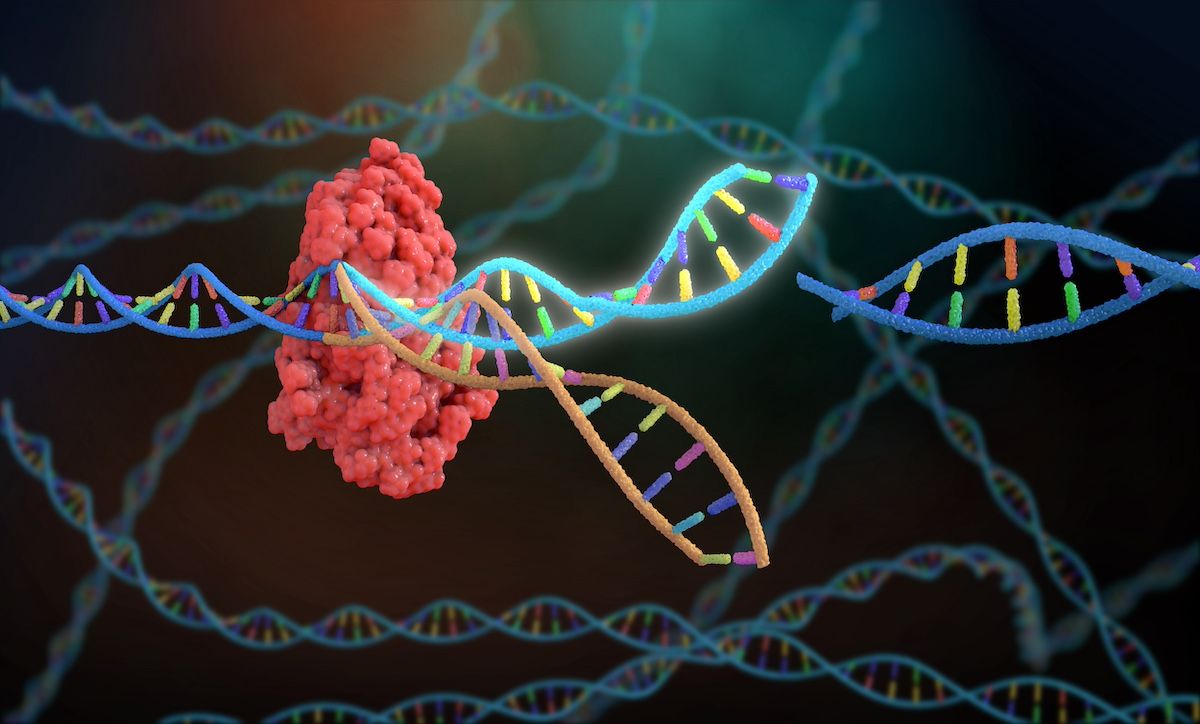- Center on Health Equity & Access
- Clinical
- Health Care Cost
- Health Care Delivery
- Insurance
- Policy
- Technology
- Value-Based Care
Progress and Challenges With Gene Therapy in Hereditary Hearing Loss
Gene therapy appears to be a promising approach for a subset of genetic deafness, although challenges remain with development and manufacturing.
Hereditary hearing loss continues to affect millions, with over 150 genes implicated in congenital or early-onset deafness. Gene therapy holds promise to treat hereditary hearing loss, but while there has been progress, challenges remain, according to the authors of a recent review published in Sensory Neuroscience.1
Three major gene therapy approaches to address underlying disease mechanisms include gene replacement, in which functional copies of mutant genes are delivered via viral vectors, most commonly AAV (adeno‑associated virus) vectors; gene suppression, which uses RNA interference or antisense oligonucleotides to down‑regulate dominant or toxic alleles; and gene editing, which uses CRISPR/Cas‑based or base editing to correct specific pathogenic mutations.
Gene therapy appears to be a promising approach for a subset of genetic deafness. | Image credit: NathanDeverycom - stock.adobe.com

These approaches are each matched to underlying disease mechanisms. For example, gene replacement is used for recessive loss-of-function mutations, gene suppression for dominant-negative variants, and gene editing where precise correction is feasible.
“Although cochlear implants can significantly improve hearing, there is currently no drug therapy capable of restoring natural hearing in hereditary hearing loss,” the authors wrote. “In recent years, gene therapy has emerged as a promising strategy for addressing inner ear dysfunction.”
Preclinical studies in rodent models have shown promise, with the authors highlighting an example of base editing in the OTOF gene (a frequent cause of DFNB9 deafness), which restored otoferlin protein expression in approximately 88% of inner hair cells and resulted in sustained auditory response recovery for more than 1.5 years in mice without detectable off‑target effects.
Early-phase clinical trials are also in progress, with AAV-mediated OTOF gene replacement being applied unilaterally and bilaterally in pediatric patients with DFNB9, resulting in improved auditory brainstem responses and speech perception thresholds within weeks to months post-injection.2
Gene suppression strategies using RNA interference or antisense therapies have also shown potential to slow progression in dominant‑negative TMC1 mouse models, and gene editing platforms like CRISPR/Cas offer precise correction or allele-specific targeting in preclinical research.1
Despite the promise, important challenges remain. Efficient therapy delivery to the inner and outer hair cells is one challenge, especially in mature cochleae. Optimized viral vectors and surgical methods are needed to achieve safe transduction, the authors explained.
Treatment timing is another issue, as animal studies have mostly been conducted early in development. However, human inner ear development happens prenatally, and this gap must be bridged to ensure therapies will also be effective in developed ears. Another challenge is ensuring safety and minimizing off-target effects of gene therapy. Long-term efficacy is a main goal of these therapies, but unintended effects such as off-target editing or immune responses are ongoing concerns.
From the manufacturing perspective, there are significant barriers to bringing a gene therapy to market, including producing good‑manufacturing‑practice viral vectors, characterizing therapy dosing, and navigating regulatory approval. “A comprehensive understanding of treatment side effects, including lifespan assessment and immune response evaluation, is essential for advancing gene therapy in this field,” the authors wrote.
With multiple gene therapies now transitioning into clinical testing and substantial preclinical data in animal models, gene therapy appears to be a promising approach for a subset of genetic deafness, the authors concluded. Still, standardizing protocols, ensuring safety, and expanding applicability beyond the most common genes will be critical next steps.
References
1. He W, Han S, Liu X, et al. Update on gene therapy in the treatment of hereditary hearing loss. Sensory Neuroscience. Published online May 7, 2025. doi:10.1002/sen2.70004
2. Wang H, Chen Y, Lv J, et al. Bilateral gene therapy in children with autosomal recessive deafness 9: single-arm trial results. Nat Med. 2024;30(7):1898-1904. doi:10.1038/s41591-024-03023-5
